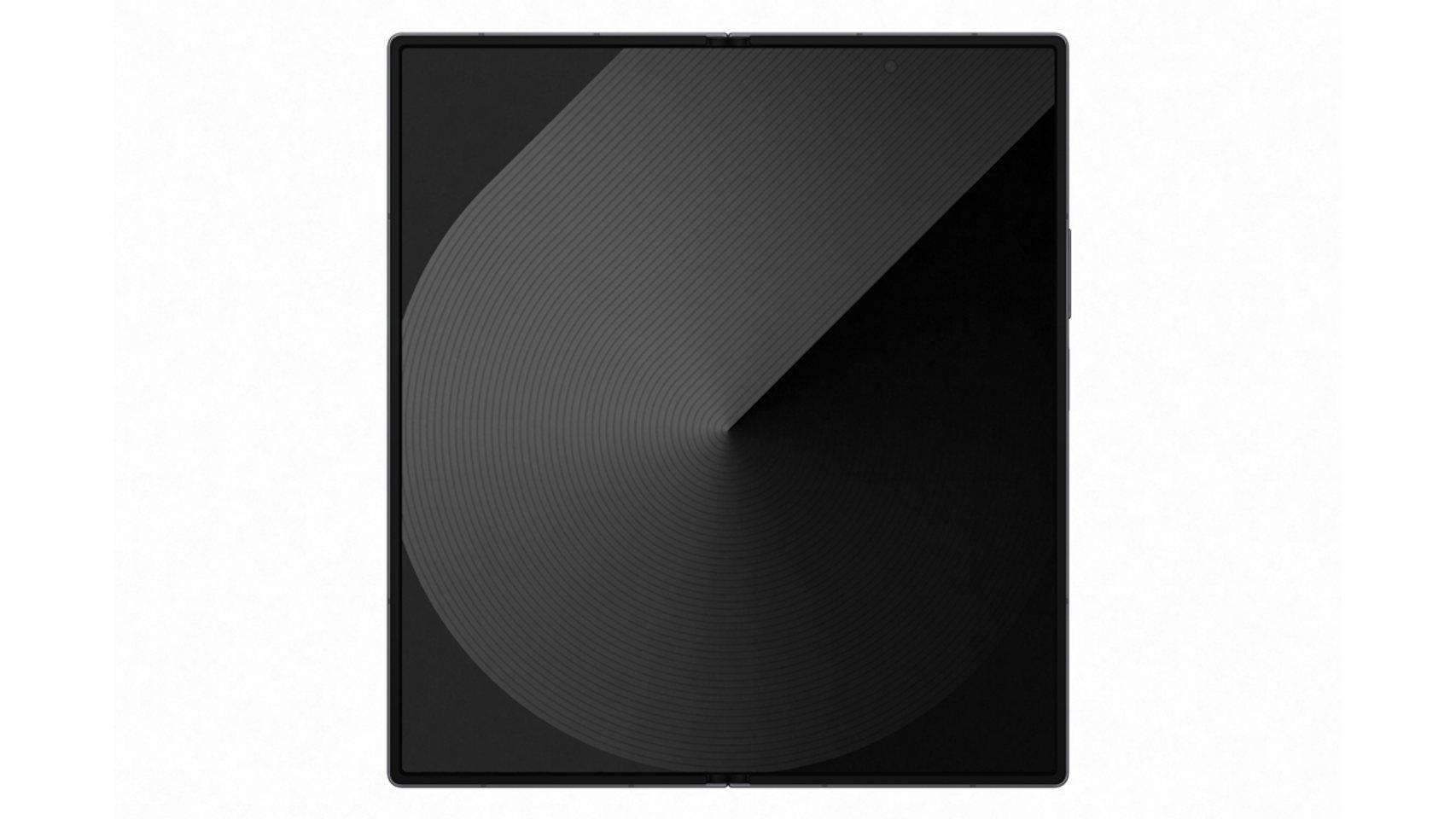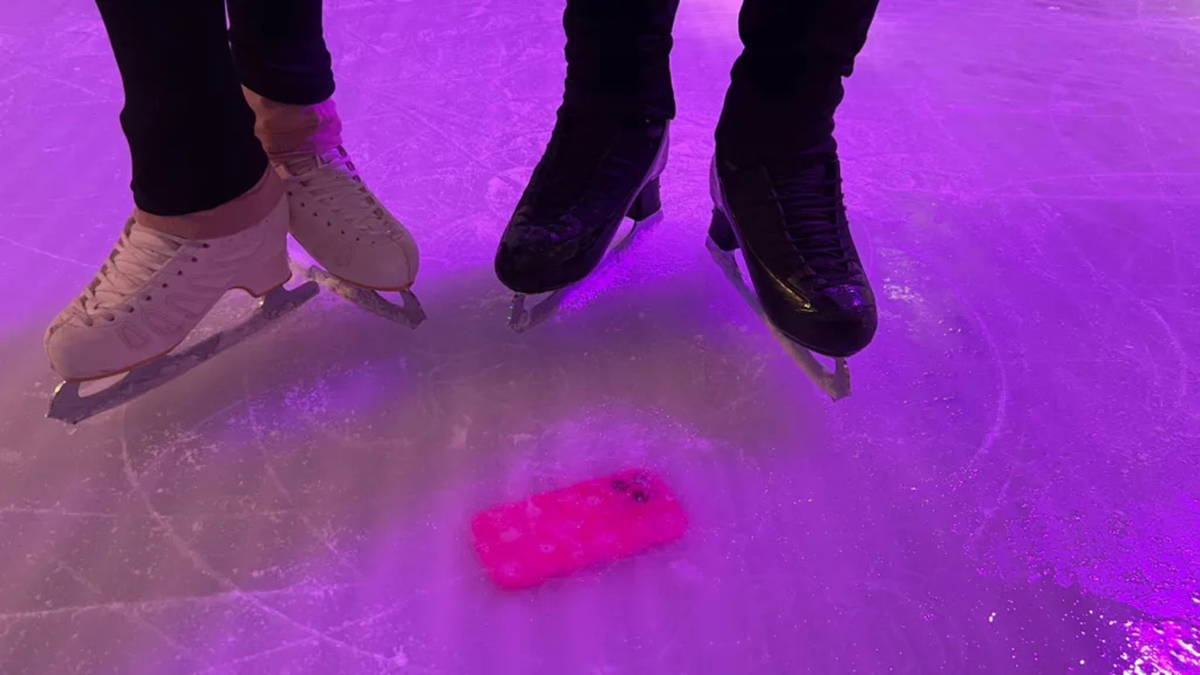Earlier this year, many of us were surprised by how the emergency door of a Boeing 737 had come loose mid-flight and, despite everything, the plane had managed to continue normally. In the technological field in general and at Apple in particular, the big surprise was to see that an iPhone 14 Pro took off with this part of the fuselage. An iPhone that ended up intact However.
The fall was approximately 5,000 meters high. And obviously, we all have infinitesimally minor slip-ups in our minds that ended in our iPhone being destroyed. However, all this has an explanation which It’s based on physics and lucksomething that different experts agree on, including a scientist from NASA itself.
What are the differences between a fall of 90 meters and one of 5,000 meters?
Famed technology journalist Joanna Stern recently published an article in the Wall Street Journal that was actually more of an experiment than anything else. And Stern surrounded himself with drone pilots to experiment by ditching different smartphones among which a Samsung Galaxy S23 and an iPhone 14 Pro stood out.
You’re probably wondering why he didn’t choose the Samsung Galaxy S24 and the iPhone 15 Pro, which are after all the latest flagships from these manufacturers. Well, the reason is none other than remembering that plane drop that we mentioned at the beginning, given that it was an iPhone 14 Pro and its counterpart from Samsung is the S23.
The fact is that tried different types of falls with different results. With cases, without cases, higher height, lower height, against asphalt, against grass… Generally speaking, all this served to verify that the height was not a problem. decisive factor in the damage caused to both smartphones.
What matters is the surface it collides against.. This may be very obvious, but not so much indifference as to how high it falls, especially when a certain limit is exceeded. Various experts consulted by the journalist made reference to it, such as Mark Rober, former mechanical engineer at NASA, or even Rhett Allain, professor of physics at Southesartern University in Louisiana.
From a certain height, the acceleration of a falling object does not increase
As other experts have commented in the past, It doesn’t matter how high they fall: the effect will be the same. What has the most influence is the acceleration taken by the iPhone (or any other smartphone or object), which depends on the time it takes to touch the ground. However, from a certain height of around 90 meters this acceleration does not increase and it does not matter whether it drops from 100 meters, from 1,000 meters or from 10,000 meters.


Here is the state of the famous iPhone 14 Pro which was ejected from a plane and the state of the plane itself after losing part of the fuselage
The most determining factor is the surface it falls against. Here, kinetic energy does its work and the impact is not the same whether it falls on a soft surface like grass or against a hard surface like asphalt. In Joanna Stern’s tests, it is very clear that when faced with this first surface, mobiles resist more, whatever the height.
In the case of this iPhone 14 Pro that was thrown from the plane, it collided precisely with some grass and the determining factor for it to emerge unscathed was luck. This is what Luis Ángel Tejedor, professor of electronic engineering at the Complutense University of Madrid, told El País a few months ago. And if it had fallen a few meters further, it would have hit a road and most likely been broken.
More information | The Wall Street Journal on YouTube
Cover image | Generated with DALL-E 3 and Photoshop
In Applesfera | Apple’s WWDC 2024: event date, iOS 18, macOS 15, artificial intelligence and everything we know about the developers conference
In Applesfera | We can therefore install and use the digital certificate of the Tax Agency on our iPhone, iPad or Mac using Safari









